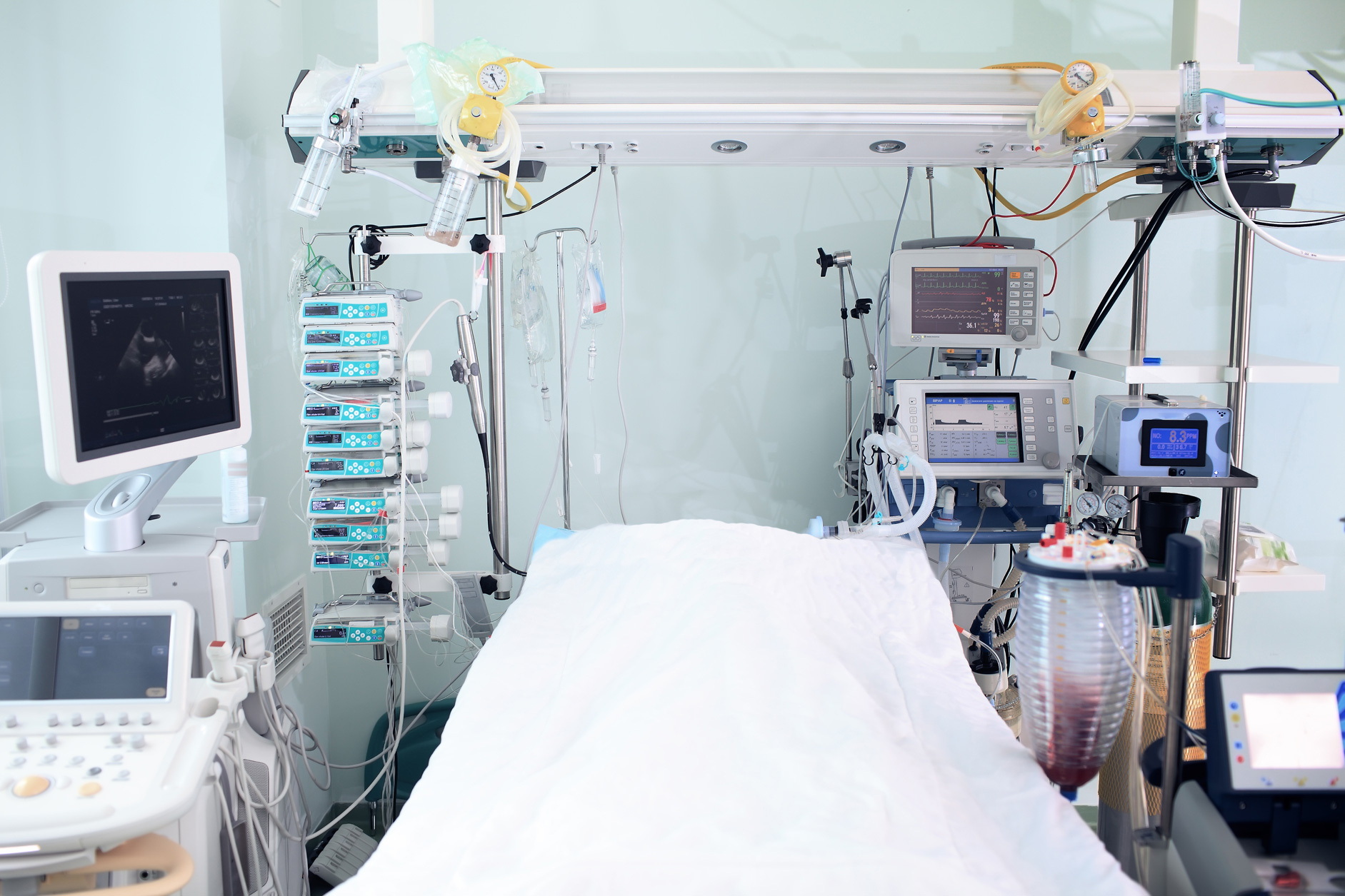Healthcare
Biotrack’s C-FISH technology is very well suited for a range of healthcare applications.
C-FISH (or Computerized Fluorescence In Situ Hybridization) is a molecular cytogenetic technique used in healthcare for various purposes, primarily in the field of genetics and diagnostics. FISH involves the use of fluorescently labeled DNA probes to detect and visualize specific genetic sequences within cells.
There is an urgent and immediate need for rapid and reliable Antibiotic Susceptibility Testing.
Antibiotic resistance is a major problem. In the EU alone, 25,000 people die each year. In addition, it costs €1.5 billion a year in healthcare costs and lost productivity. And antibiotic resistance is on the rise worldwide. Therefore, it is necessary to develop new strategies for rapid selection of appropriate antibiotics and dosage.
With C-FISH scientific knowledge about the behavior of bacteria in a body, in particular their sensitivity to antibiotics becomes available. New applications are being developed to help doctors fight these devastating infections. A development that will reduce the mortality rate, support recovery and thus reduce the care and social burden for these patients.
C-FISH is the next generation of FISH technology and a host of applications are available. Here are some possible applications of C-FISH in healthcare:
- Microbiology and Infectious Diseases: C-FISH is used to detect and identify microorganisms, including bacteria, viruses, and fungi. This technique is particularly valuable in identifying pathogens directly from clinical samples, helping to expedite diagnosis and guide appropriate treatment.
- Research and Development: C-FISH is also a vital tool in basic and clinical research. It allows scientists to study the spatial arrangement of genes within cells, investigate chromosomal rearrangements in disease models, and explore the genetic basis of various conditions.
- Cancer Diagnosis and Prognosis: conventional FISH is already extensively used in oncology to detect genetic abnormalities associated with cancer. C-FISH can help identify specific genetic markers or alterations that are indicative of certain types of cancers. For example, FISH can detect the HER2 gene amplification in breast cancer, aiding in treatment decisions and prognosis assessment.
- Prenatal Screening: FISH can be used in prenatal testing to detect chromosomal abnormalities in developing fetuses. It is particularly useful for identifying conditions such as Down syndrome (trisomy 21), Turner syndrome (monosomy X), and other aneuploidies.
- Genetic Disorders: FISH can assist in diagnosing various genetic disorders caused by chromosomal aberrations, such as cri-du-chat syndrome, Prader-Willi syndrome, and Angelman syndrome. By visualizing specific genetic regions, FISH can help pinpoint the location and extent of deletions or duplications.
- Hematological Disorders: FISH is employed in the diagnosis and monitoring of hematological malignancies, including leukemia and lymphoma. It can detect chromosomal rearrangements and translocations commonly associated with these disorders, aiding in disease classification and treatment planning.
Overall, FISH plays a crucial role in healthcare by providing detailed insights into genetic and chromosomal abnormalities.
The C-FISH ability to directly visualize specific DNA sequences within cells revolutionizes the field of diagnostics, enabling more accurate and targeted approaches to disease diagnosis, prognosis, and treatment.


